Graphitic Carbon Nitride/MOFs Hybrid Composite as Highly Selective and Sensitive Electrodes for Calcium Ion Detection
Abstract
:1. Introduction
2. Experimental Methods
2.1. Instrumentation and Chemicals
2.2. Synthesis of Titanium-Based MOFs
2.3. g-C3N4 Synthesis
2.4. Graphitic Carbon Nitride/Ti-MOF Composite Synthesis
2.5. Preparation of Carbon-Paste Electrodes
2.6. Determination of Ca2+ in Baby Powder Milk Sample
2.7. Determination of Ca2+ Ions in the Pharmaceutical Drug
2.8. Selectivity Studies
2.9. Characterization of the Synthesized Ionophores
3. Results and Discussions
3.1. Structural Characterization
3.2. Effect of Electrode Composition
3.3. Surface Charactrization
3.4. Effect of Temperature
3.5. Response Time
3.6. Effect of pH
3.7. Potentiometric Selectivity Evaluation
3.8. Reusability Study of Electrodes
3.9. Analytical Application
4. Method Validation
4.1. Inter- and Intra-Day Precision and Accuracy
4.2. LOQ and LOD [20]
4.3. Potentiometric Titration
4.4. Comparison Study
5. Conclusions
Supplementary Materials
Author Contributions
Funding
Institutional Review Board Statement
Informed Consent Statement
Data Availability Statement
Acknowledgments
Conflicts of Interest
References
- Wang, C.; Liu, D.; Lin, W. Metal–organic frameworks as a tunable platform for designing functional molecular materials. J. Am. Chem. Soc. 2013, 135, 13222–13234. [Google Scholar] [CrossRef] [PubMed]
- Abou-Elyazed, A.S.; Shaban, E.A.; Sun, Y.; El-Nahas, A.M.; Kashar, T.I. Solvent-Free Synthesis and Characterization of Bimetallic UiO-66 (Zr/Sn) Heterogeneous Catalyst for Biodiesel Production. Ind. Eng. Chem. Res. 2023, 62, 9211–9220. [Google Scholar] [CrossRef]
- Shi, W.; Li, W.; Nguyen, W.; Chen, W.; Wang, J.; Chen, M. Advances of metal organic frameworks in analytical applications. Mater. Today Adv. 2022, 15, 100273. [Google Scholar] [CrossRef]
- Karmakar, A.; Samanta, P.; Dutta, S.; Ghosh, S.K. Fluorescent “turn-on” sensing based on metal–organic frameworks (MOFs). Chem.—Asian J. 2019, 14, 4506–4519. [Google Scholar] [CrossRef] [PubMed]
- Liu, X.; Yang, H.; Diao, Y.; He, Q.; Lu, C.; Singh, A.; Kumar, A.; Liu, J.; Lan, Q. Recent advances in the electrochemical applications of Ni-based metal organic frameworks (Ni-MOFs) and their derivatives. Chemosphere 2022, 307, 135729. [Google Scholar] [CrossRef] [PubMed]
- Liu, S.; Qiu, Y.; Liu, Y.; Zhang, W.; Dai, Z.; Srivastava, D.; Liu, J. Recent advances in bimetallic metal–organic frameworks (BMOFs): Synthesis, applications, and challenges. New J. Chem. 2022, 46, 13818–13837. [Google Scholar] [CrossRef]
- Sohrabi, H.; Ghasemzadeh, S.; Ghoreishi, Z.; Majidi, M.R.; Yoon, Y.; Dizge, N.; Khataee, A. Metal-organic frameworks (MOF)-based sensors for detection of toxic gases: A review of current status and future prospects. Mater. Chem. Phys. 2023, 299, 127512. [Google Scholar] [CrossRef]
- Fang, X.; Zong, B.; Mao, S. Metal–organic framework-based sensors for environmental contaminant sensing. Nano-Micro Lett. 2018, 10, 64. [Google Scholar] [CrossRef]
- Huang, X.; Gong, Z.; Lv, Y. Advances in metal-organic frameworks-based gas sensors for hazardous substances. TrAC Trends Anal. Chem. 2022, 153, 116644. [Google Scholar] [CrossRef]
- Abdelkareem, M.A.; Abbas, Q.; Mouselly, M.; Alawadhi, H.; Olabi, A. High-performance effective metal–organic frameworks for electrochemical applications. J. Sci. Adv. Mater. Devices 2022, 7, 100465. [Google Scholar] [CrossRef]
- Bagheri, M.; Masoomi, M.Y. Sensitive ratiometric fluorescent metal–organic framework sensor for calcium signaling in human blood ionic concentration media. ACS Appl. Mater. Interfaces 2020, 12, 4625–4631. [Google Scholar] [CrossRef] [PubMed]
- Madreiter-Sokolowski, C.T.; Thomas, C.; Ristow, M. Interrelation between ROS and Ca2+ in aging and age-related diseases. Redox Biol. 2020, 36, 101678. [Google Scholar] [CrossRef]
- Xian, S.; Lin, Y.; Wang, H.; Li, J. Calcium-based metal–organic frameworks and their potential applications. Small 2021, 17, 2005165. [Google Scholar] [CrossRef] [PubMed]
- Luo, X.; Huang, G.; Li, Y.; Guo, J.; Chen, X.; Tan, Y.; Tang, W.; Li, Z. Dual-modes of ratiometric fluorescent and smartphone-integrated colorimetric detection of glyphosate by carbon dots encapsulated porphyrin metal–organic frameworks. Appl. Surf. Sci. 2022, 602, 154368. [Google Scholar] [CrossRef]
- Zhang, M.; Yang, K.; Cui, J.; Yu, H.; Wang, Y.; Shan, W.; Lou, Z.; Xiong, Y. 3D-agaric like core-shell architecture UiO-66-NH2@ ZIF-8 with robust stability for highly efficient REEs recovery. Chem. Eng. J. 2020, 386, 124023. [Google Scholar] [CrossRef]
- Moghzi, F.; Soleimannejad, J.; Sañudo, E.C.; Janczak, J. Sensitizing, sensing and chemical separation of Tb (III) ions: All in a novel copper metal–organic framework. Mater. Res. Bull. 2020, 122, 110683. [Google Scholar] [CrossRef]
- Rahimi-Yazdi, S.; Ferrer, M.; Corredig, M. Nonsuppressed ion chromatographic determination of total calcium in milk. J. Dairy Sci. 2010, 93, 1788–1793. [Google Scholar] [CrossRef] [PubMed]
- Paull, B.; Macka, M.; Haddad, P.R. Determination of calcium and magnesium in water samples by high-performance liquid chromatography on a graphitic stationary phase with a mobile phase containing o-cresolphthalein complexone. J. Chromatogr. A 1997, 789, 329–337. [Google Scholar] [CrossRef]
- Bisergaeva, R.; Sirieva, Y. Determination of calcium and magnesium by atomic absorption spectroscopy and flame photometry. J. Phys. Conf. Ser. 2020, 1691, 012055. [Google Scholar] [CrossRef]
- Monder, C.; Sells, N. Influence of acids on the determination of calcium and magnesium by atomic absorption spectrophotometry. Anal. Biochem. 1967, 20, 215–223. [Google Scholar] [CrossRef]
- Sun, L.; Sun, C.; Sun, X. Screening highly selective ionophores for heavy metal ion-selective electrodes and potentiometric sensors. Electrochim. Acta 2016, 220, 690–698. [Google Scholar] [CrossRef]
- George, P.; Dhabarde, N.R.; Chowdhury, P. Rapid synthesis of titanium based metal–organic framework (MIL-125) via microwave route and its performance evaluation in photocatalysis. Mater. Lett. 2017, 186, 151–154. [Google Scholar] [CrossRef]
- Maeda, K.; An, D.; Kuriki, R.; Lu, D.; Ishitani, O. Graphitic carbon nitride prepared from urea as a photocatalyst for visible-light carbon dioxide reduction with the aid of a mononuclear ruthenium (II) complex. Beilstein J. Org. Chem. 2018, 14, 1806–1812. [Google Scholar] [CrossRef] [PubMed]
- Umezawa, Y.; Bühlmann, P.; Umezawa, K.; Tohda, K.; Amemiya, S. Potentiometric selectivity coefficients of ion-selective electrodes. Part I. Inorganic cations (technical report). Pure Appl. Chem. 2000, 72, 1851–2082. [Google Scholar] [CrossRef]
- Mason, J.A.; Darago, L.E.; Lukens, W.W., Jr.; Long, J.R. Synthesis and O2 reactivity of a titanium (III) metal–organic framework. Inorg. Chem. 2015, 54, 10096–10104. [Google Scholar] [CrossRef] [PubMed]
- Groenewolt, M.; Antonietti, M. Synthesis of g-C3N4 nanoparticles in mesoporous silica host matrices. Adv. Mater. 2005, 17, 1789–1792. [Google Scholar] [CrossRef]
- Bahuguna, A.; Sasson, Y. Functionalized graphitic carbon nitride decorated with palladium: An efficient heterogeneous catalyst for hydrogenation reactions using KHCO2 as a mild and noncorrosive source of hydrogen. ACS Omega 2020, 5, 12302–12312. [Google Scholar] [CrossRef] [PubMed]
- Abou-Elyazed, A.S.; Ye, G.; Sun, Y.; El-Nahas, A.M. A series of UiO-66 (Zr)-structured materials with defects as heterogeneous catalysts for biodiesel production. Ind. Eng. Chem. Res. 2019, 58, 21961–21971. [Google Scholar] [CrossRef]
- Buck, R.P.; Lindner, E. Recommendations for nomenclature of ionselective electrodes (IUPAC Recommendations 1994). Pure Appl. Chem. 1994, 66, 2527–2536. [Google Scholar] [CrossRef]
- Abou-Elyazed, A.S.; Sun, Y.; El-Nahas, A.M.; Abdel-Azeim, S.; Sharara, T.Z.; Yousif, A.M. Solvent-free synthesis and characterization of Ca2+-doped UiO-66 (Zr) as heterogeneous catalyst for esterification of oleic acid with methanol: A joint experimental and computational study. Mater. Today Sustain. 2022, 18, 100110. [Google Scholar] [CrossRef]
- Wang, J.; Zhang, L.; Chen, Y.; Wang, X. Enhanced photocatalytic hydrogen evolution over g-C3N4 by calcium ions modification. Appl. Surf. Sci. 2018, 427, 586–592. [Google Scholar]
- Rono, N.; Kibet, J.K.; Martincigh, B.S.; Nyamori, V.O. A review of the current status of graphitic carbon nitride. Crit. Rev. Solid State Mater. Sci. 2021, 46, 189–217. [Google Scholar]
- Shaghayegh, L.; Ghaemi, A. Calcium measurement using ion selective electrode based on a benzo-18-crown-6 as an ionophore. J. Chem. React. Synth. 2020, 10, 175–185. [Google Scholar]
- Ashok, K.; Mittal, S.K. PVC based dibenzo-18-crown-6 electrode for Ca (II) ions. Sens. Actuators B Chem. 2004, 99, 340–343. [Google Scholar]
- Ma, Y.L.; Rao, X.H.; Zhong, S.M. A study of calcium ion-selective PVC Membrane electrode based on neutral carrier N, n, n’, n’-tetracyclo-3-oxapetanediamide. J. Tongji Med. Univ. 1992, 12, 98–102. [Google Scholar]
- El-Jammal, A.; Bouklouze, A.A.; Patriarche, G.J.; Christian, G.D. Use of ethylene-vinyl-acetate as a new membrane matrix for calcium ion-selective electrode preparation. Talanta 1991, 38, 929–935. [Google Scholar] [CrossRef]
- Vijayalakshmi, A.; Selvi, J.T. A new simplemethod for the preparation of calcium ion selective electrode and its analytical applications. Chem. Sci. Trans. 2013, 2, S246–S250. [Google Scholar]
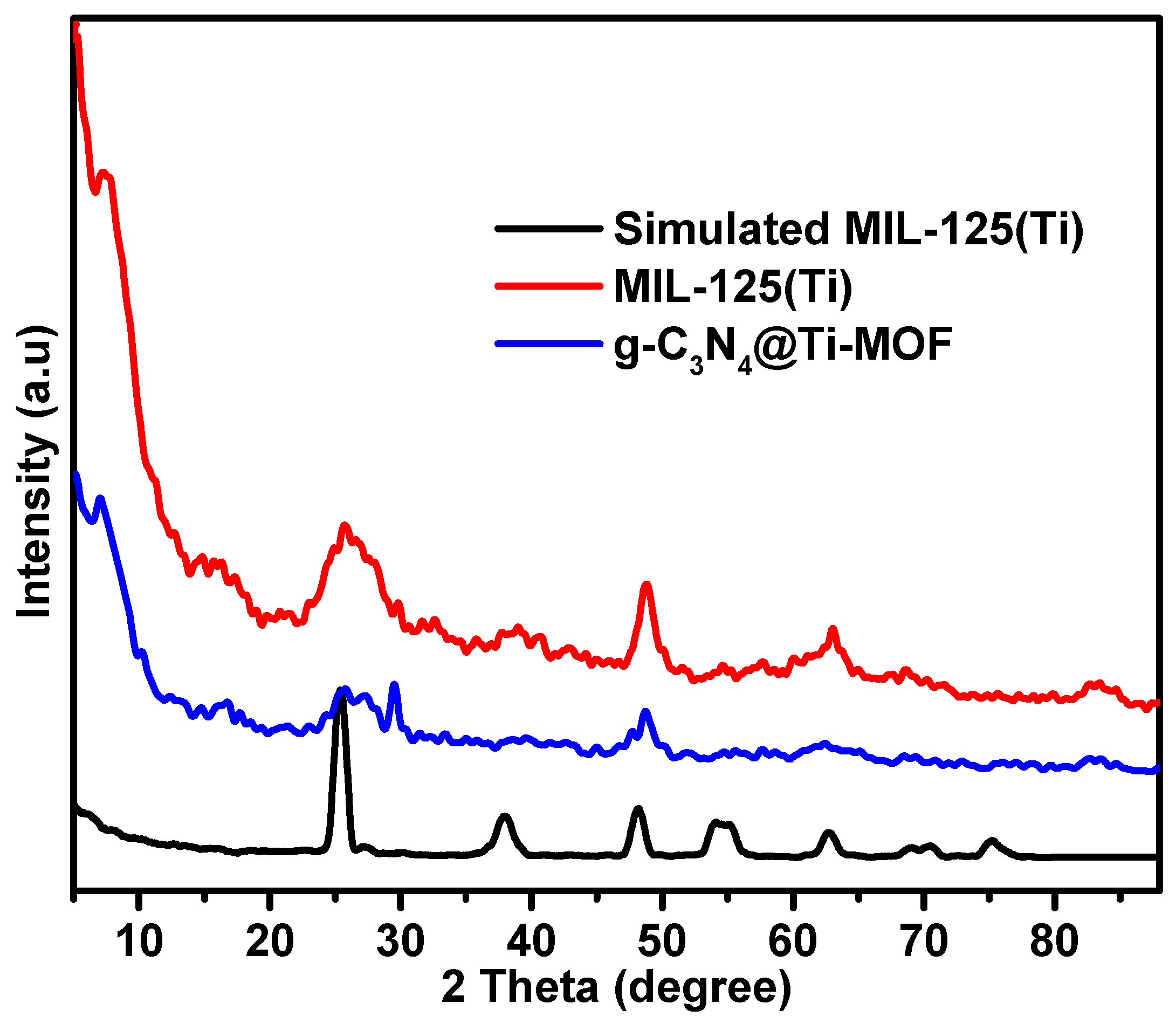
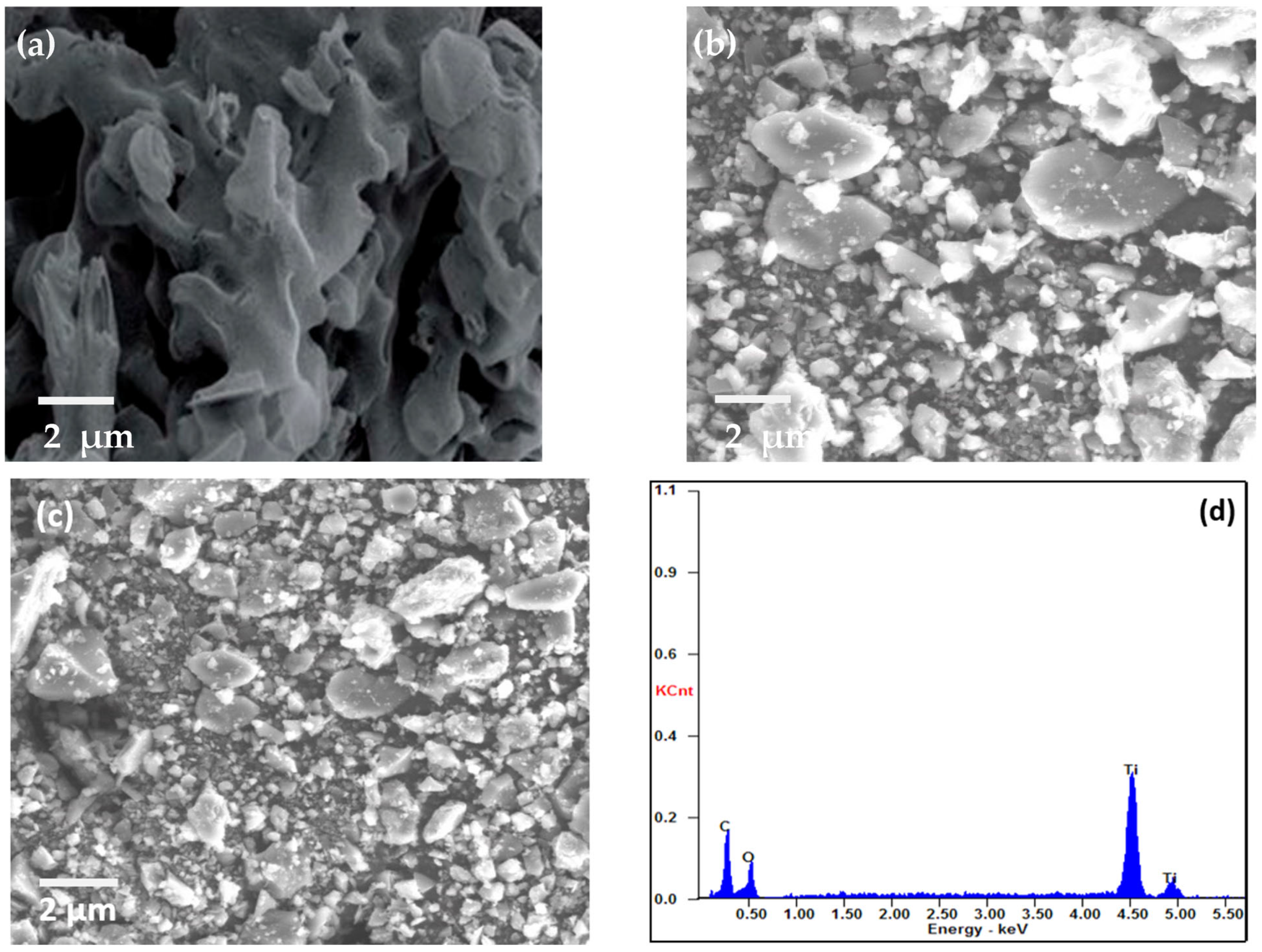

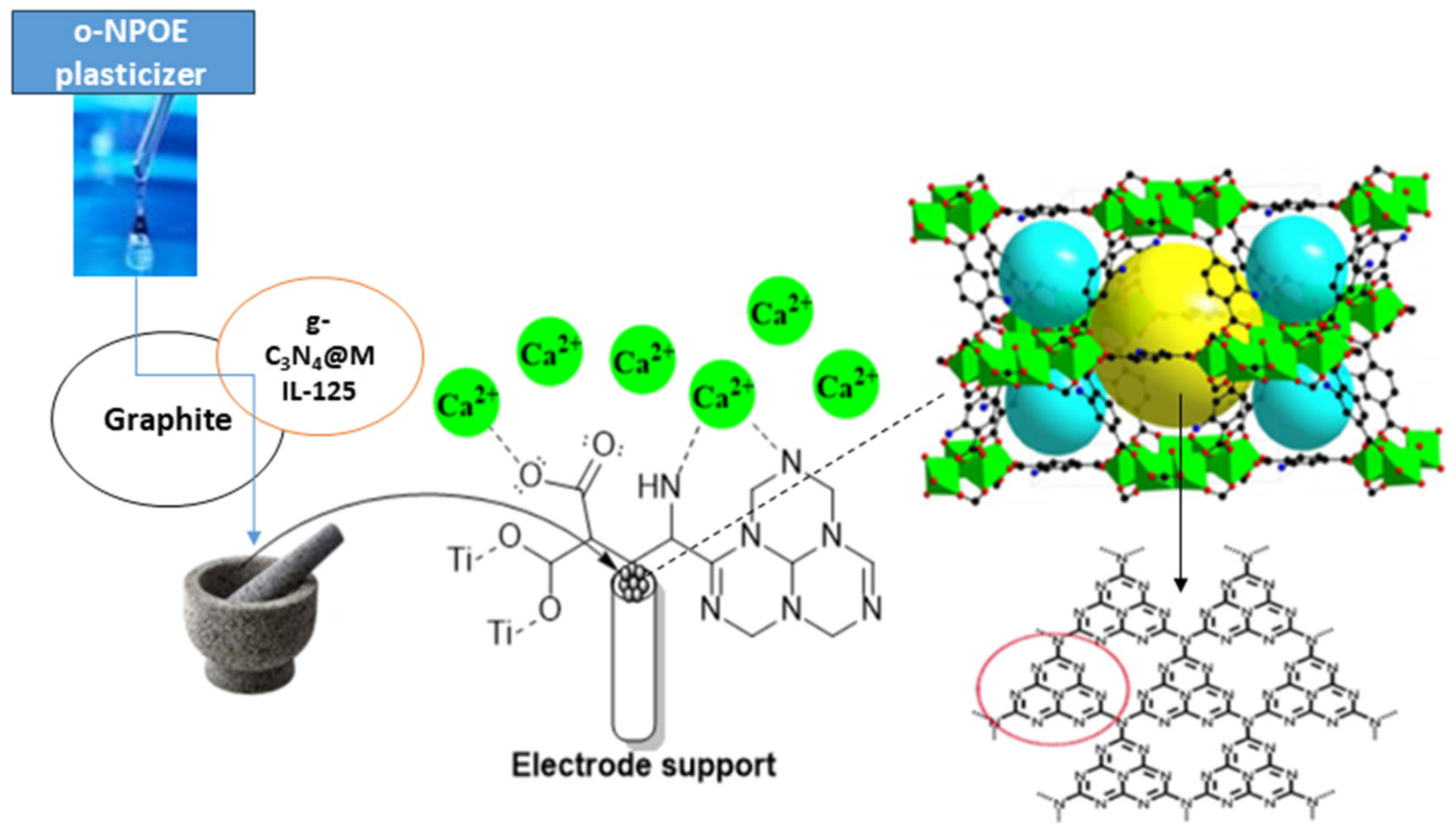
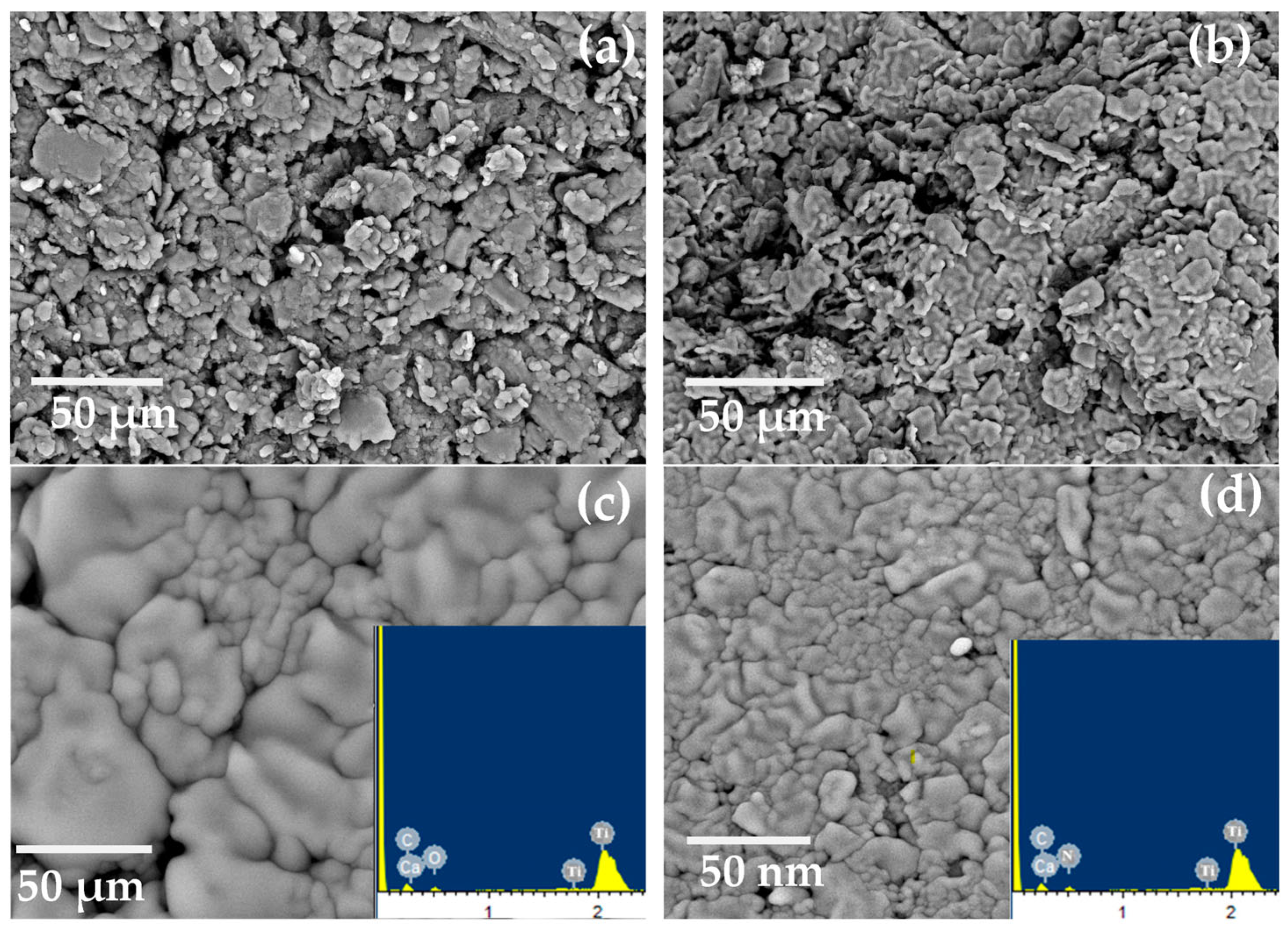

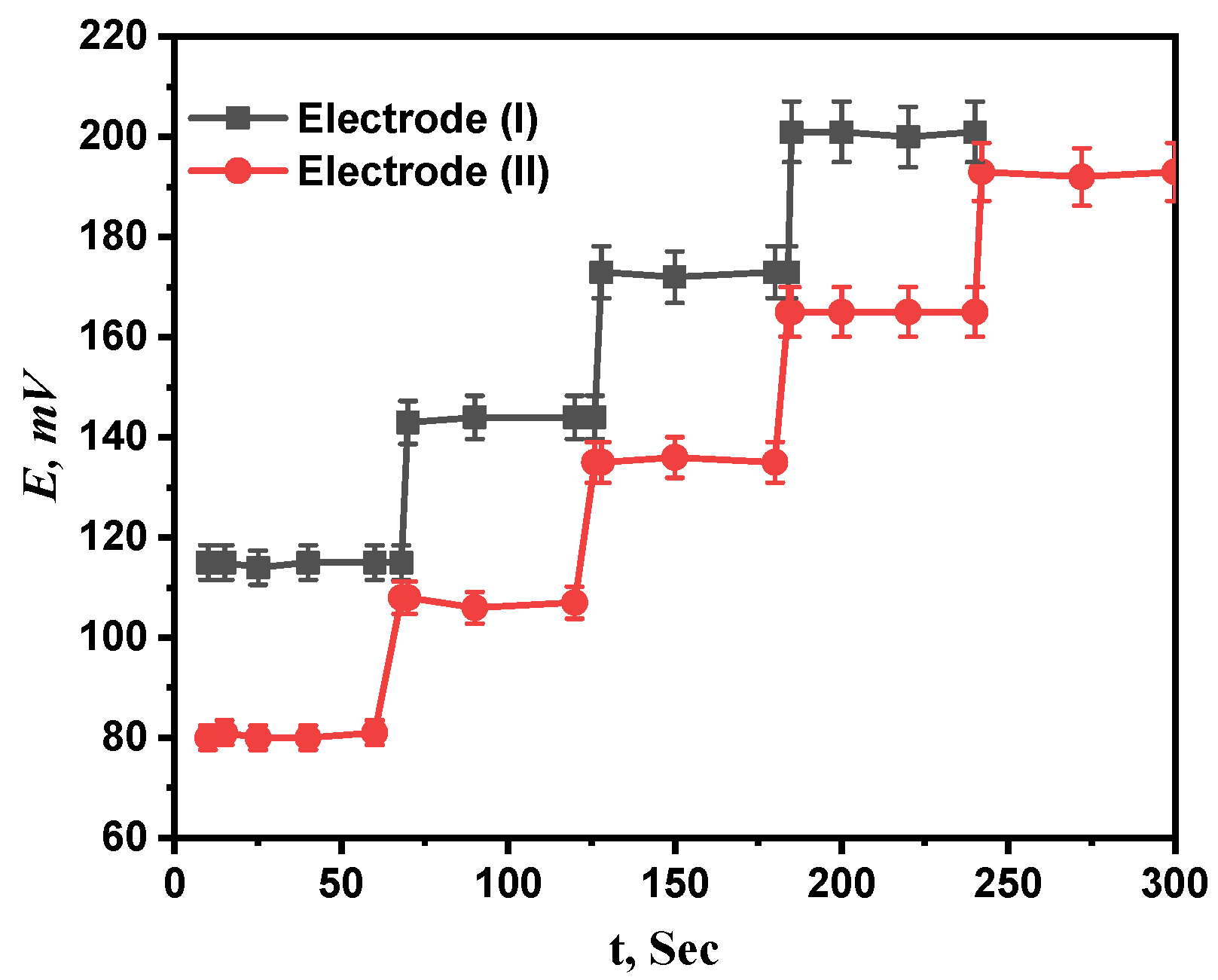
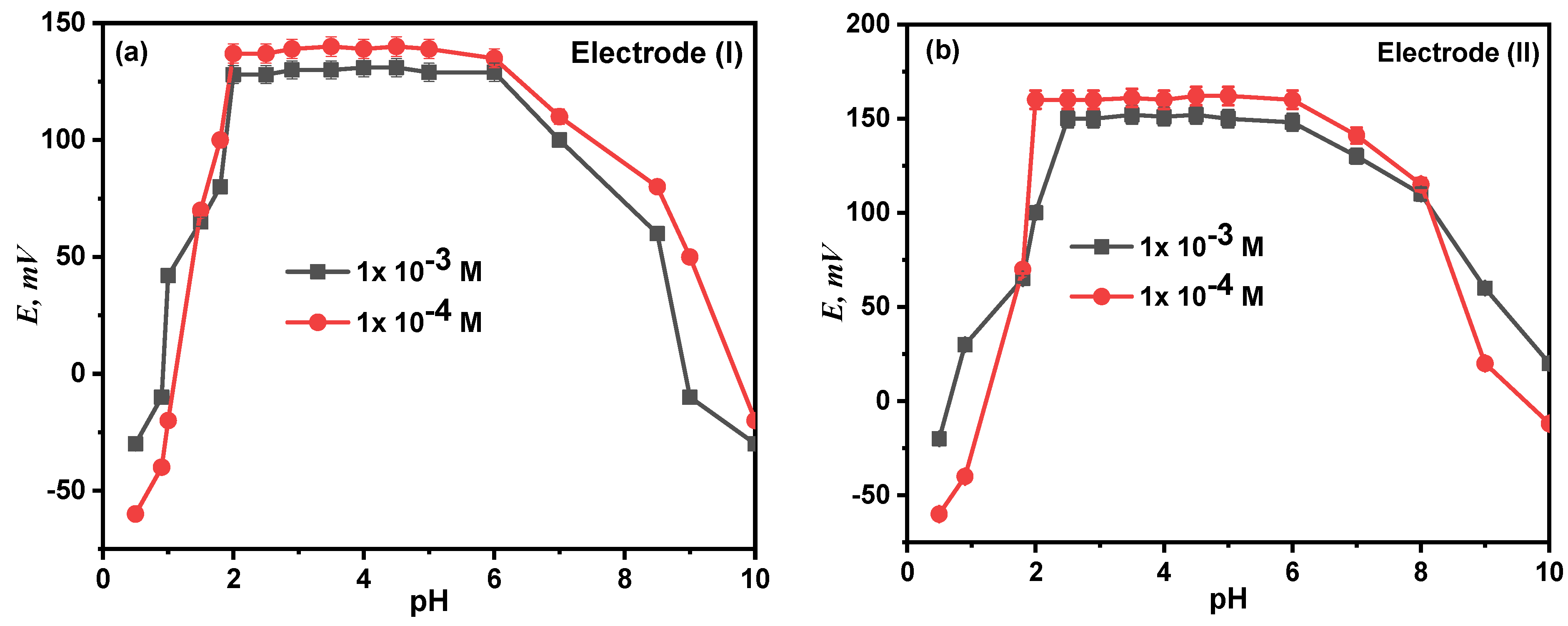


| Series No. | Interfering Ions | Log[KA,B] SSM | Log[KA,B] MPM | ||
|---|---|---|---|---|---|
| Electrode (I) | Electrode (II) | Electrode (I) | Electrode (II) | ||
| 1 | Na+ | −5.33 | −6.33 | −4.99 | −2.33 |
| 2 | K+ | −6.56 | −6.34 | −2.34 | −4.56 |
| 3 | Mg2+ | −5.64 | −5.44 | −3.33 | −2.30 |
| 4 | Cr2+ | −5.44 | −4.67 | −4.33 | −2.93 |
| 5 | Ni2+ | −5.07 | −5.34 | −3.40 | −3.12 |
| 6 | Mn2+ | −5.13 | −5.45 | −3.45 | −4.13 |
| 7 | Cu2+ | −5.14 | −5.33 | −2.75 | −3.22 |
| 8 | Hg2+ | −4.95 | −6.33 | −3.34 | −5.60 |
| 9 | Zn2+ | −6.33 | −6.44 | −4.99 | −4.70 |
| 10 | Cd2+ | −5.43 | −5.34 | −3.56 | −2.83 |
| 11 | Co2+ | −4.78 | −5.77 | −3.45 | −3.81 |
| 12 | Pd2+ | −5.33 | −4.33 | −3.46 | −4.32 |
| 13 | Cr3+ | −4.23 | −4.44 | −4.86 | −4.77 |
| 14 | Al3+ | −4.78 | −4.26 | −4.18 | −4.53 |
| 15 | Fe3+ | −3.99 | −3.54 | −4.08 | −3.95 |
| Sample | Statistical Parameters | Electrode (I) | ||
|---|---|---|---|---|
| Calibration Graphs | Direct Method | Standard Addition Method | ||
| Powder milk | N | 5.00 | 5.00 | 5.00 |
| Mean recovery (%) | 98.54 | 99.30 | 99.56 | |
| RSD (%) | 0.88 | 1.00 | 0.79 | |
| CAL-MAG | N | 5.00 | 5.00 | 5.00 |
| Mean recovery (%) | 99.65 | 100.2 | 98.25 | |
| RSD (%) | 0.77 | 0.99 | 0.45 | |
| Powder milk | N | 5.00 | 5.00 | 5.00 |
| Mean recovery (%) | 98.67 | 99.50 | 99.54 | |
| RSD (%) | 0.89 | 0.77 | 0.44 | |
| CAL-MAG | N | 5.00 | 5.00 | 5.00 |
| Mean recovery (%) | 99.06 | 99.37 | 99.67 | |
| RSD (%) | 0.55 | 0.49 | 0.95 | |
| HPLC [2] | Mean recovery (%) | 97.98 | ||
| RSD (%) | 1.03 | |||
| Parameters | Electrode (I) | Electrode (II) |
|---|---|---|
| Slope (mV decade−1) | 28.15 ± 0.47 | 29.15 ± 0.47 |
| Concentration range (µM) | 1–1000 | 0.1–1000 |
| Correlation coefficient (r2) | 0.990 | 0.999 |
| Working pH range | 2.00–8.50 | 2.00–8.50 |
| Isothermal coefficient (mV/°C) | 1.33 | 1.50 |
| Response time (S) | 7.60 | 5 |
| Detection limit (µM) | 3.33 | 0.333 |
| Recovery% | 98.35–100.0 | 99.30–99.90 |
| RSD% | 0.43–0.98 | 0.34–1.00 |
| Quantification limit (µM) | 1–1000 | 0.1–1000 |
| Reference | Slope (mV/Decade) | Linearity (mol/L) | SD | LOD (mol/L) | Response Time (s) |
|---|---|---|---|---|---|
| Proposed electrodes (I) and (II) | 28.15 ± 0.47 and 29.15 ± 0.47 | 1.0 × 10−6–1.0 × 10−3 and 1.0 × 10−7–1.0 × 10−2 | 0.22–0.34 and 0.24–0.33 | 3.33 × 10−6 and 3.33 × 10−7 | 7.60 and 5 |
| [33] | 29.80 | 1 × 10−5–1 × 10−1 | - | 4.0 × 10−6 | 10 |
| [34] | 28.0 ± 0.2 | 1 × 10−5–1 × 10−1 | 4.0 × 10−6 | 30 | |
| [35] | 28.00 | 2 × 10−7–1 × 10−1 | 0.45–0.55 | 2.0 × 10−8 | 15 |
| [36] | - | 2 × 10−1–4 × 1 × 10−6 | - | - | 15 to 120 |
| [37] | 30 | 1.00–1 × 10−4 | 1.0 × 10−4 | 60 |
Disclaimer/Publisher’s Note: The statements, opinions and data contained in all publications are solely those of the individual author(s) and contributor(s) and not of MDPI and/or the editor(s). MDPI and/or the editor(s) disclaim responsibility for any injury to people or property resulting from any ideas, methods, instructions or products referred to in the content. |
© 2023 by the authors. Licensee MDPI, Basel, Switzerland. This article is an open access article distributed under the terms and conditions of the Creative Commons Attribution (CC BY) license (https://creativecommons.org/licenses/by/4.0/).
Share and Cite
S. Abou-Elyazed, A.; Li, S.; Mohamed, G.G.; Li, X.; Meng, J.; S. EL-Sanafery, S. Graphitic Carbon Nitride/MOFs Hybrid Composite as Highly Selective and Sensitive Electrodes for Calcium Ion Detection. Molecules 2023, 28, 8149. https://doi.org/10.3390/molecules28248149
S. Abou-Elyazed A, Li S, Mohamed GG, Li X, Meng J, S. EL-Sanafery S. Graphitic Carbon Nitride/MOFs Hybrid Composite as Highly Selective and Sensitive Electrodes for Calcium Ion Detection. Molecules. 2023; 28(24):8149. https://doi.org/10.3390/molecules28248149
Chicago/Turabian StyleS. Abou-Elyazed, Ahmed, Shilin Li, Gehad G. Mohamed, Xiaolin Li, Jing Meng, and Safa S. EL-Sanafery. 2023. "Graphitic Carbon Nitride/MOFs Hybrid Composite as Highly Selective and Sensitive Electrodes for Calcium Ion Detection" Molecules 28, no. 24: 8149. https://doi.org/10.3390/molecules28248149
APA StyleS. Abou-Elyazed, A., Li, S., Mohamed, G. G., Li, X., Meng, J., & S. EL-Sanafery, S. (2023). Graphitic Carbon Nitride/MOFs Hybrid Composite as Highly Selective and Sensitive Electrodes for Calcium Ion Detection. Molecules, 28(24), 8149. https://doi.org/10.3390/molecules28248149






